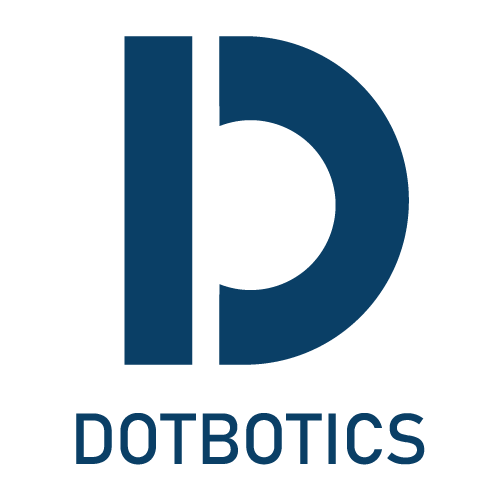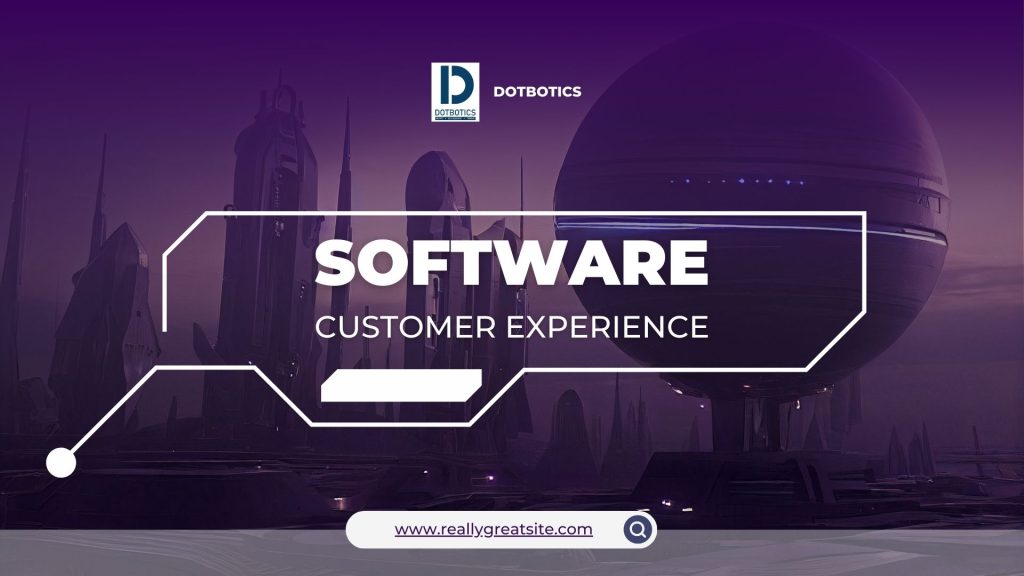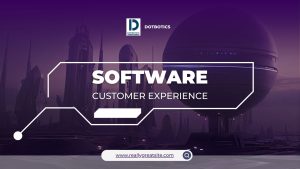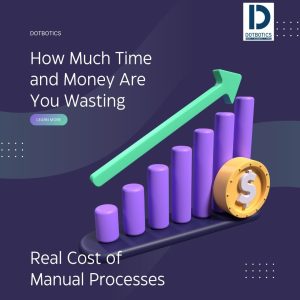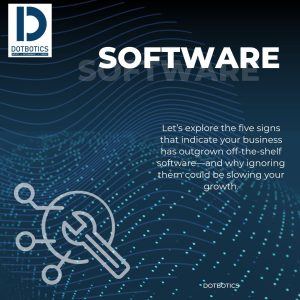In today’s digital-first world, customer experience is everything. A smooth, intuitive, and efficient experience can make customers loyal advocates for your brand. But if your current software isn’t keeping up with modern needs, it might be doing more harm than good.
Businesses often invest in software solutions with the expectation that they will streamline processes, reduce costs, and ultimately enhance customer satisfaction. However, outdated, disconnected, or poorly customized systems can create the opposite effect: frustration, inefficiency, and missed opportunities.
Let’s explore the ways your current software might be hurting your customer experience—and what you can do about it.
- Slow and Inefficient Processes
Customers today expect speed. Whether they are making a purchase, seeking support, or browsing your website, they want everything to be quick and seamless.
If your software is outdated or overly manual, it creates bottlenecks. For example:
- Delayed responses: Customer service teams stuck navigating multiple systems take longer to answer queries.
- Long checkout processes: Complicated forms or unintegrated payment systems frustrate customers and increase cart abandonment.
- Inaccurate order tracking: When systems don’t update in real time, customers are left in the dark about their purchase status.
Every extra minute a customer waits decreases satisfaction and increases the chance they’ll look to a competitor.
- Poor Integration Between Tools
One of the most common issues businesses face is using software that doesn’t “talk” to each other. For instance, your CRM might not integrate smoothly with your email marketing platform, or your inventory system may not connect to your e-commerce site.
The result?
- Customers receive inconsistent information.
- Sales teams struggle to get a 360-degree view of the customer.
- Support teams can’t access customer history, leading to repeated questions and frustration.
When your software stack is fragmented, the customer sees the cracks. They feel the lack of cohesion in every slow handoff and repeated data entry.
- Limited Personalization Capabilities
Today’s customers want personalized experiences. They expect companies to remember their preferences, purchase history, and communication habits. If your current software doesn’t enable personalization, you’re missing out.
- Generic emails that don’t reflect customer behavior reduce engagement.
- One-size-fits-all promotions ignore customer preferences and feel irrelevant.
- Inconsistent communication makes customers feel undervalued.
Personalization is no longer optional—it’s a key differentiator. Without it, your customer experience feels outdated and impersonal.
- Outdated User Interfaces
First impressions matter. If your software has a clunky, outdated, or confusing interface, it directly impacts customer experience.
Think about it: if your e-commerce site feels like it’s stuck in 2010, customers will question whether your brand is trustworthy and modern. Similarly, if your customer support portal is hard to navigate, customers will avoid using it altogether.
A poor interface leads to:
- Higher bounce rates on websites.
- Increased customer frustration.
- Lower conversion rates.
Modern customers are accustomed to intuitive, sleek, and mobile-friendly experiences. If your software doesn’t deliver that, you risk losing them.
- Lack of Mobile Optimization
More than half of online traffic today comes from mobile devices. Yet many businesses still rely on software that isn’t optimized for mobile use.
If your customers struggle to browse, make payments, or contact support on their phones, they’re likely to abandon the process. On the flip side, mobile-friendly software enhances convenience, accessibility, and overall satisfaction.
Your software should make it easy for customers to interact with your brand anytime, anywhere—not tie them to a desktop.
- Security Concerns
Customer trust is one of your most valuable assets. Outdated or poorly maintained software often lacks robust security features, putting sensitive customer data at risk.
- Data breaches can permanently damage customer relationships.
- Compliance failures (such as GDPR violations) lead to hefty fines and reputational harm.
- Customers may leave if they feel their data isn’t safe with you.
A strong customer experience depends on trust, and that starts with secure, reliable software.
- Limited Scalability
As your business grows, so do your customers’ expectations. If your software can’t scale to handle increased demand, you’ll face service slowdowns, downtime, and missed opportunities.
For example:
- E-commerce platforms that crash during peak sales seasons.
- Customer support systems that can’t handle high ticket volumes.
- CRM tools that lag behind a growing customer database.
Customers won’t care that your systems couldn’t keep up—they’ll simply move to a competitor who can.
- Lack of Real-Time Data and Analytics
Customers expect accurate, up-to-date information. If your current software can’t provide real-time data, it creates frustration.
- Customers get incorrect delivery times or stock availability.
- Support agents provide outdated information during service calls.
- Businesses miss insights into customer behavior, leading to poor decision-making.
Real-time data isn’t just a “nice to have”—it’s essential for delivering transparency and building trust.
- High Learning Curve for Employees
Your customer experience doesn’t just depend on the software your customers interact with directly. It also depends on how easily your employees can use your systems.
If your software has a steep learning curve, employees waste time figuring out processes instead of focusing on customers. Confused employees lead to:
- Slower response times.
- Inconsistent service quality.
- Errors that frustrate customers.
User-friendly software empowers employees to deliver better service, faster.
- Failing to Meet Modern Customer Expectations
The biggest danger of relying on outdated or ineffective software is failing to meet modern customer expectations. Customers are comparing your business not just to direct competitors but to industry leaders like Amazon, Apple, and Uber.
If your software doesn’t enable fast, seamless, personalized, and secure experiences, your customers will notice the gap—and they won’t stick around.
What’s the Solution?
The good news is, you don’t have to stay stuck with software that hurts your customer experience. Here’s how to fix it:
- Invest in integrated systems: Choose platforms that communicate seamlessly across sales, marketing, inventory, and support.
- Adopt modern ERP or CRM solutions: These centralize data and provide a single source of truth.
- Prioritize user-friendly interfaces: Both customers and employees should find your systems intuitive.
- Ensure scalability and flexibility: Pick software that grows with your business.
- Focus on personalization and automation: Deliver the right message to the right customer at the right time.
- Keep security at the forefront: Regularly update systems to protect customer data.
Final Thoughts
Your software should be an enabler of great customer experiences—not a barrier. Outdated, disconnected, or inefficient systems silently sabotage your business by frustrating customers, overburdening employees, and creating missed opportunities.
By identifying the weak points in your current software and investing in modern, integrated, and customer-centric solutions, you can transform your customer experience. The result? Happier customers, stronger loyalty, and long-term business growth.
Now is the time to ask yourself: Is your software helping your customer experience—or hurting it?
